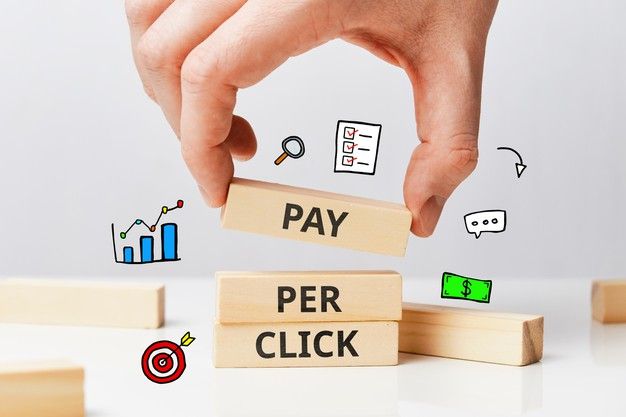8 Ways to Optimize Your PPC Campaign for Success -PPC, also known as pay-per-click, is a common form of digital advertising that drives traffic to websites. Here’s how it works and why it’s useful:
How does PPC work? Description: In PPC, advertisers pay a fixed or variable fee each time a user clicks on their ad and visits their website.
Targeting: Targeting is a “buying visit” to a specific site, targeting user behavior such as registration or product purchase. Compare other brands:
PPM (pay per thousand): Advertisers pay per thousand impressions (views), but it is difficult to calculate any cost per visit.
PPA (Payment Per Action): Advertisers pay for specific user actions (such as app downloads, registrations, and purchases), linking the cost to the target. PPC Key Concepts:

Cost Per Cost (CPC):
The amount that advertisers pay for each click on an ad.
It is determined either by a fixed price or by a lump sum. Formula: CPC=1000CPM÷CTR
(where CTR = click-through rate)
Click-Through Rate (CTR):
Percentage of users who clicked on the ad in total and saw it.
A higher CTR indicates better ad quality. It is used in some PPC systems to set ad prices.
Advantages of PPC:
Effectiveness: Advertisers pay only when users click, ensuring productivity. Targeting: Target specific audiences based on keywords, demographics, and behaviors.
Control: Advertisers keep the budget, investment, and advertising strategy. Fast results: immediate visibility and potential change. 8 Ways to Optimize Your PPC Campaign for Success
Adjustments: Adjust campaigns quickly based on performance. Examples of using PPC:
Google Ads (paid search)
Facebook Ads (Paid Public)
Conclusion
PPC provides a cost-effective way to drive targeted traffic, increase conversions, and grow business. Understanding the process and its benefits is crucial for a successful digital marketing campaign. Remember, PPC is not just a strategy, but a powerful tool in your marketing arsenal!

